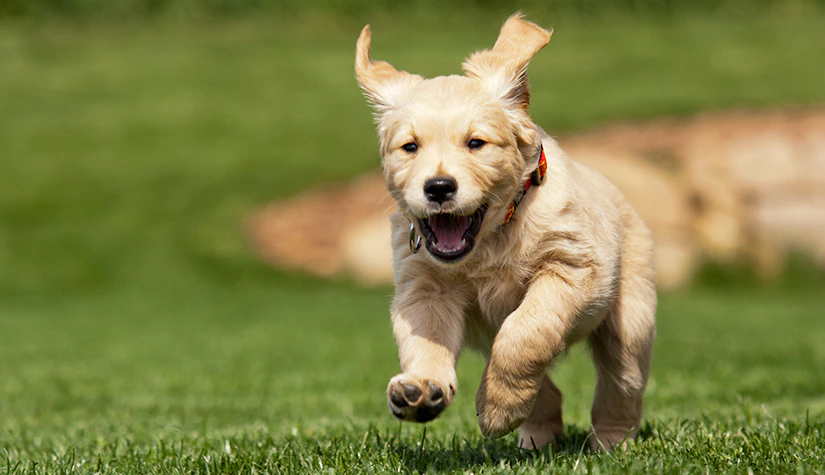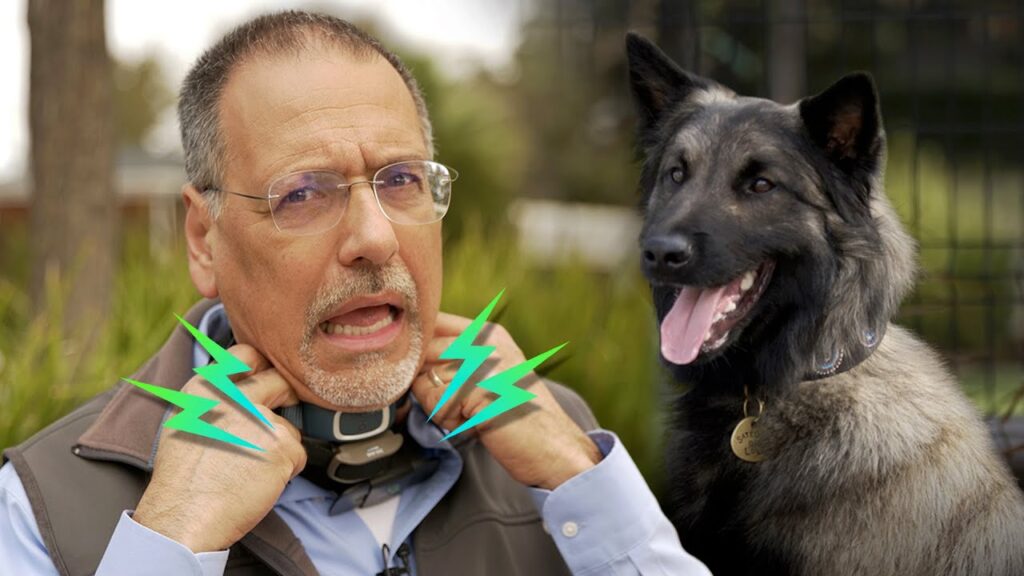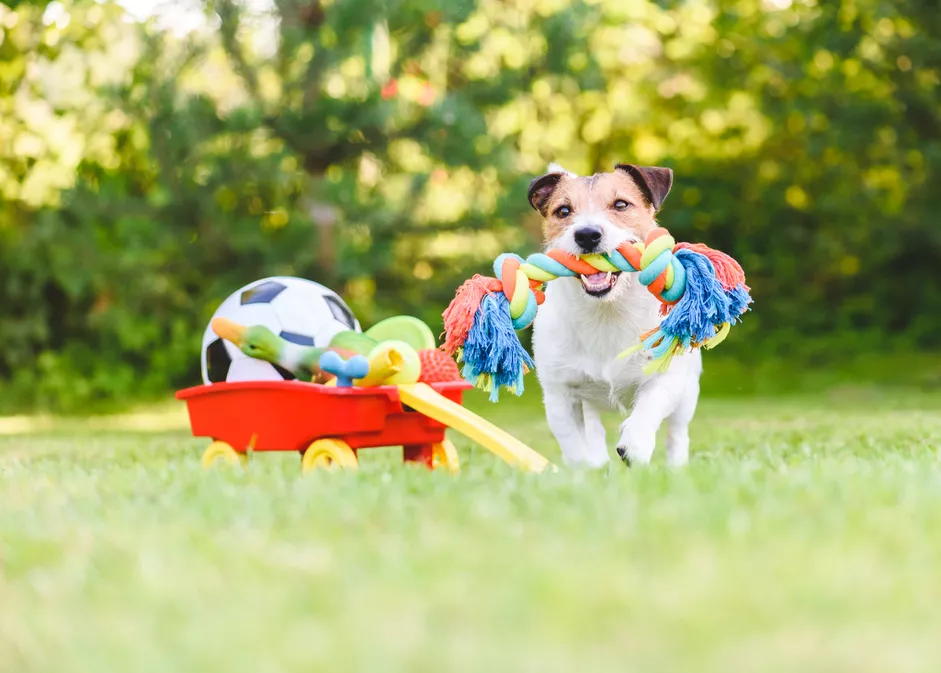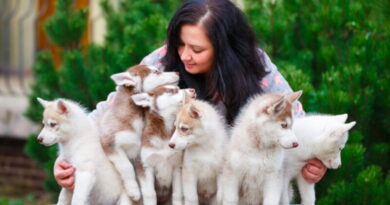Schooling a Puppy the Right Way

Schooling a Puppy
Quick View
ToggleTeaching your puppy how to be a good puppy!
There are four main training methods that come from behavioral psychology: positive reinforcement, negative reinforcement, positive punishment, and negative punishment. These terms don’t symbolize good and evil, but rather addition and subtraction.
For example, negative reinforcement removes an unpleasant stimulus after the puppy performs the desired behavior. On the other hand, positive reinforcement adds a pleasant stimulus after the puppy performs the desired behavior. Both of these methods increase the puppy’s likelihood of performing the desired behavior in the future. Meanwhile, positive punishment is when an unpleasant stimulus is added after the puppy performs an undesired behavior. Negative punishment is when a puppy is deprived of a pleasant stimulus after performing an undesired behavior. These methods decrease the puppy’s likelihood of performing the undesired behavior in the future. As a trainer, it’s important to be aware of all four of these methods and to use them appropriately depending on the desired behavior.

Positive Reinforcement
Dogs are wonderful companions, and one of the best ways to ensure a happy relationship with your furry friend is to provide proper training. A puppy that is well-behaved is a joy to have around, and thankfully, there are a number of effective techniques for training your puppy. Positive reinforcement is one of the most popular methods currently, and it involves rewarding your puppy for desired behavior with a treat, toy or playtime.
The key is to select the right timing: as soon as your puppy does the desired behavior, reward him or her immediately, and supplement the treat with a high-pitched “good dog”, to make sure your pet realizes how pleased you are with this behavior. See how a treat is added here? This is the good part, the addition. With positive reinforcement, you can help your puppy learn basic commands such as “sit”, “stay” and “come”, as well as more complex behaviors like manners and tricks. So if you’re looking for the best puppy advice, consider trying positive reinforcement – your puppy (and you) will be glad you did!
The Review Of The Best Training Collar For Stubborn Dogs
Rocco Reviewed – The Best Training Collar for Stubborn Dogs...
Read MoreNegative Reinforcement
Negative reinforcement is a type of operant conditioning that employs punishment to reduce a behavior. The punisher, in this case, is an unpleasant stimulus, such as an electric shock, that is delivered when the animal or person engaged in the unwanted behavior. The goal of negative reinforcement is to reduce the likelihood of the undesired behavior by making it less rewarding. In other words, it’s a way to make something less unpleasant by taking away something unpleasant.
For example, if you get pricked by a rose bush every time you try to walk through it, you’re likely to avoid that area in the future. The prick is the punishment that is delivered when you display the undesirable behavior (trying to walk through the bush).
The removal of the prick (when you walk around the bush instead) is the reinforcement since it makes the desired behavior (walking around the bush) more likely to occur in the future. In this way, negative reinforcement can be used to increase desired behaviors and decrease undesired behaviors.
Positive Punishment
Punishment strategies are often used by trainers in an effort to decrease the frequency of undesired behaviors.
One type of punishment, known as positive punishment, involves adding an unpleasant stimulus in order to discourage the behavior from occurring again. For example, if a dog is excessively barking, the trainer may use a spray bark collar so that every time the dog barks, it gets sprayed.
The dog will then associate nuisance barking with being sprayed and this will discourage him or her from barking again. While this method can be effective in reducing the behavior, it is important to note that it does not address the underlying cause of the behavior. In other words, the dog may still be motivated to bark due to boredom, fear, or other factors.
As such, it is important to consider other factors when using positive punishment and to closely monitor the behavior to ensure that it is effectively reduced.
Rocco Tries the Best Tug Toys for Dogs. He Chews on All of Them
Play Some Tug of War with the Best Tug Toys...
Read MoreNegative Punishment
Ah, that was a lot of information, right? Did it become a little clearer what different training methods do? Good. There is still much debate on the best training methods in the trainers’ world, but what you choose remains your choice.
Adverse punishment is a process of removing something desirable to decrease an undesired behavior. An example of this would be if a dog is jumping up to get attention and the trainer turns away from the dog to remove the attention. This method is often used in conjunction with positive reinforcement to reduce the undesirable behavior and reinforce the desired behavior. When used correctly, adverse punishment can be an effective training tool.
However, it should be used sparingly and only when other methods have failed, as it can have negative consequences if misused.

Conclusion
There are many other techniques out there. We will review them, but the 4 above seem to be the most effective. Rocco had a trainer at daycare we would use and he recommended these.
Rocco Tries the Best Tug Toys for Dogs. He Chews on All of Them
Play Some Tug of War with the Best Tug Toys...
Read More






Pingback: Pit Bull Terrier - Doggies List
Pingback: Labrador Retriever - Doggies List
Pingback: Pug - Doggies List
Pingback: Rottweiler - Doggies List